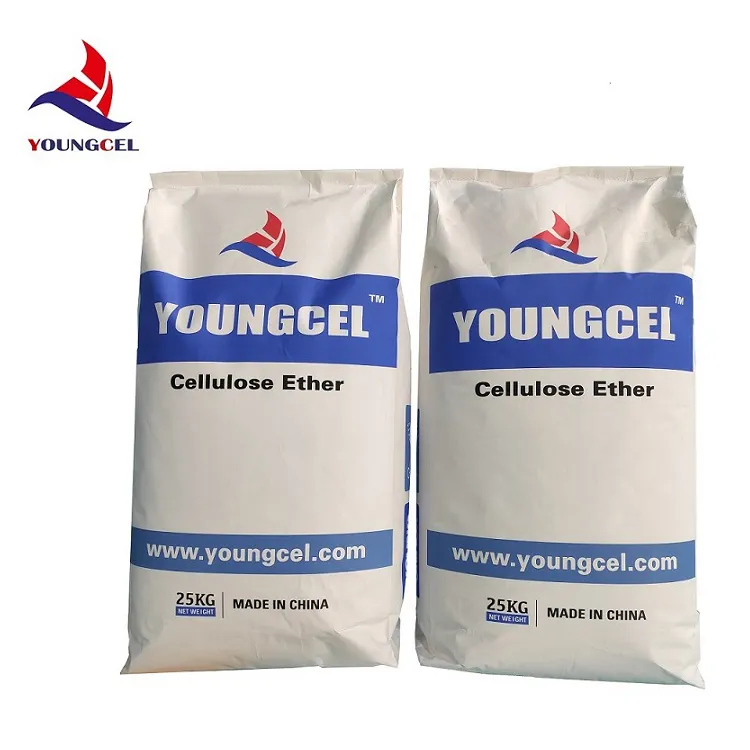Exploring the Benefits of Cellulose-Based Adhesives for Sustainable Applications

In the past, attempts have been made to clarify the working mechanism of methyl cellulose (MC). Early works from Schweizer et al. present the effect of cellulose ethers on water retention and rheology of cementitious mortars and gypsum-based machinery plasters [15], [16]. They demonstrate that adsorption of methyl cellulose is clearly dependent on the degree of substitution (DS). At DS values of > 1.6 which are typical for MC products used in the building industry, only a minor amount (~ 20%) of the MC powder adsorbs. In a very skillful experiment the authors show that during the drying process of a gypsum-based render, MC migrates with the water to the surface of the render and is not retained by adsorption. Thus, they conclude that MC does not adsorb on the binder or its hydrates. Similar observations have been made by Yammamuro et al. [17].